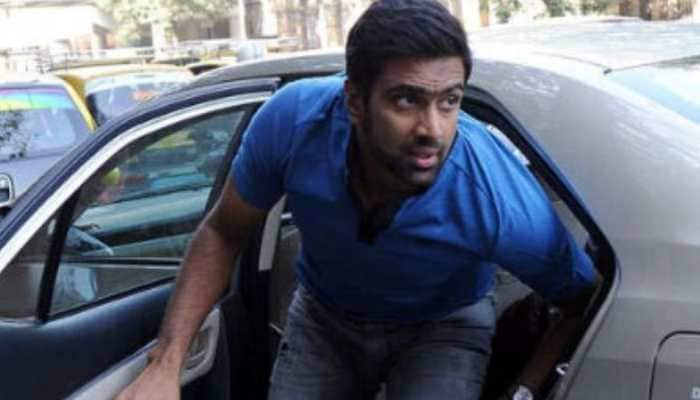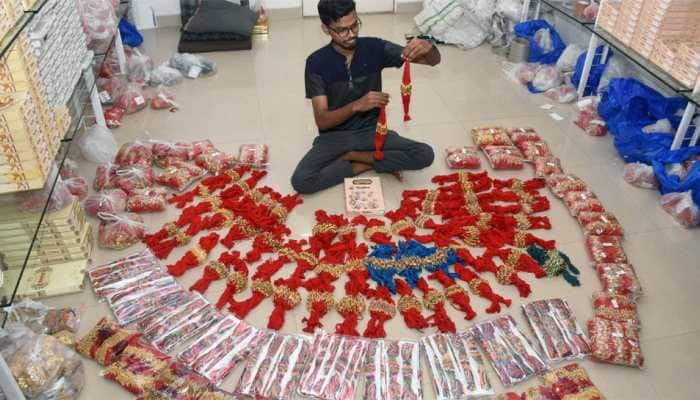President Murmu Renames Rashtrapati Bhavan’s ‘Durbar Hall’ And ‘Ashok Hall’; Here’s Why
As per the President's Secretariat statement, this would create uniformity in language and eliminate traces of 'anglicisation'.
Trending Photos
) Picture source: rashtrapatibhavan.gov.in
Picture source: rashtrapatibhavan.gov.in New Delhi: The President's Secretariat on Thursday issued a statement to inform and informed the renaming of the Rashtrapati Bhavan's iconic 'Durbar Hall' and 'Ashok Hall,’ these ceremonial venues have been renamed as 'Ganatantra Mandap' and 'Ashok Mandap', respectively.
Last year, the renowned Mughal Gardens on the Rashtrapati Bhavan grounds were renamed 'Amrit Udyan'.
Why Were Names Changed?
The statement issued on the day Murmu marked her two years as president explained that renaming 'Ashok Hall' to 'Ashok Mandap' would create uniformity in language, eliminate traces of 'anglicisation', and uphold the key values associated with the word 'Ashok'.
The statement read, "Rashtrapati Bhavan, the office and the residence of the president of India, is a symbol of the nation, and an invaluable heritage of the people. Continuous efforts are being made to make it more accessible to people. There has been a consistent endeavour to make the ambience of the Rashtrapati Bhavan reflective of the Indian cultural values and ethos."
For the ‘Durbar Hall,’ the President Secretariat's statement explained that the term 'Durbar' originally referred to the courts and assemblies of Indian rulers and the British, but it became less relevant after India became a Republic. The concept of 'Ganatantra' has deep roots in Indian society, making 'Ganatantra Mandap' a more appropriate name for the venue.
Ashok Mandap, Gantantra Mandap
According to the Rashtrapati Bhavan’s statement cited by PTI, the ‘Ganatantra Mandap’ features a corridor lined with busts of former Indian presidents, sculpted by renowned artists from across India.
The hall is decorated with six tall, deep red banners featuring the national emblem of India in gold. Along one wall stands a fifth-century AD statue of Lord Buddha against a crimson velvet backdrop, with the president’s chair placed in front of it. Earlier, this spot housed thrones for the viceroy and vicereine.
The ‘Ashok Mandap’ serves as the venue for presenting credentials by foreign heads of missions and for formal introductions of visiting and Indian delegations before state banquets hosted by the president. A loft in the state ballroom, once intended for an orchestra, is now used for playing the national anthem during significant events, PTI reported.
Stay informed on all the latest news, real-time breaking news updates, and follow all the important headlines in india news and world News on Zee News.
Live Tv







)
)
)
)
)
)
)
)
)
)
